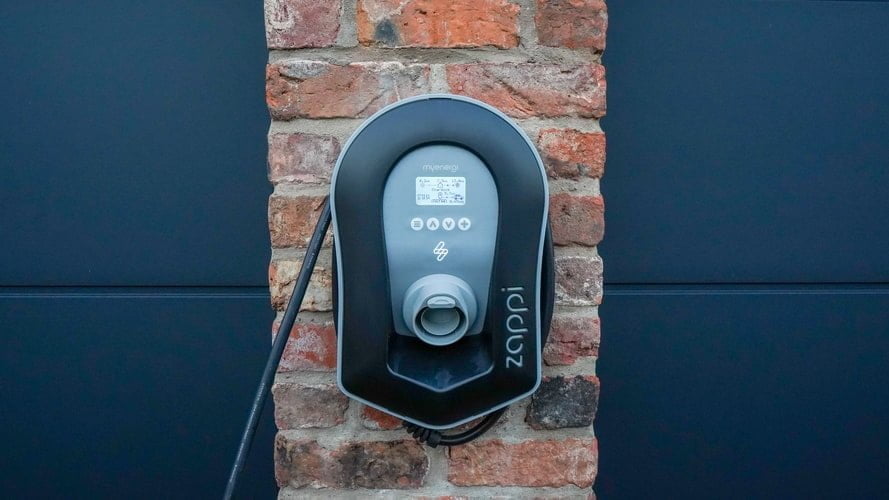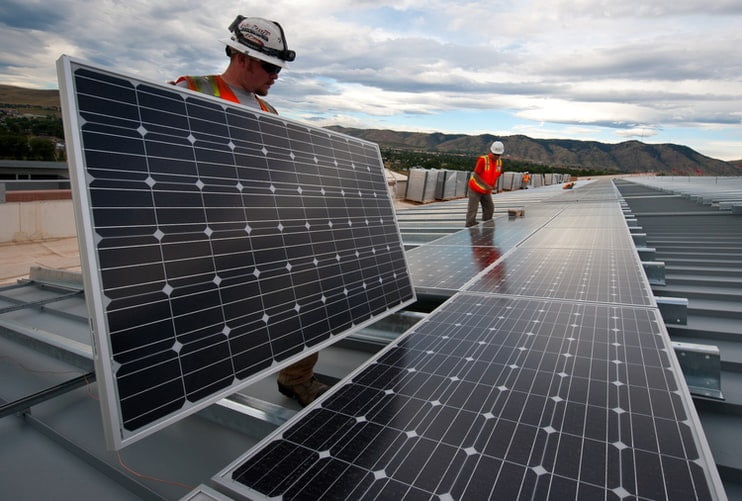Whether you are planning to get a solar panel system or already have one, it is going to be incomplete without solar charge controllers. That’s because solar charge controllers protect batteries by preventing overcharging. They are also responsible for protecting solar panels by restricting reverse charge flow from the batteries to the solar panels.
This, however, is just the tip of the iceberg. To know more about solar panels, you got to read this post where we give you all the important information related to solar controllers.
The Types Of Solar Controller
Let’s delve deeper. Two types of solar charge controllers are available for industrial use. One is the maximum power point tracking charge controller, and another one is the pulse width modulation charge controller.
- MPPT – Maximum Power Point Tracking Charge Controller
- PWM – Pulse Width Modulation Charge Controller
Let’s see what PWM Charge Controllers are and how they are working.
PWM Charge Controller And The Functionality
A PWM charge controller is like a switch that connects the solar panels to the solar batteries. Usually, PWM controllers are used for small off-grid power supplies where the power demand is not very high. Also, PWM controllers are much cheaper as compared to an MPPT charge controller.
Here are the functional areas of the PWM solar charge controllers.
Functions Of A PWM Controller
For the batteries to charge and the charge transfer to take place, the solar panels and the battery should be at the same voltage. But usually, the solar panel’s voltage is higher than that of the solar battery array.
Therefore, the PWM solar charge controllers bring down the voltage of the solar panels to match that of the solar battery array, thereby facilitating charge transfer. However, this isn’t a very efficient way of charge transfer as there’s a lot of loss of power when the solar panel’s voltage is brought down from its optimum operating voltage (Vmp) to that of the solar battery.
The loss of power is not very significant in smaller setups, but in the case of bigger setups with a large number of solar panels, it is recommended to go with MPPT charge controllers.
MPPT Charge Controllers And Their Functional Areas
While PWM solar charge controllers can be used in small applications or setups, they are definitely not the best fit for large setups.
So those with large setups should consider MPPT controllers as they use a smarter technology that does not require solar panels to operate at a lower voltage. Instead, the MPPT controllers allow solar panels to work at their optimum voltage and produce optimum power.
Since they use a smarter technology, they are more expensive as compared to PWM controllers and are therefore recommended for high power systems with two or more panels.
You may like also: 3 Clever Reasons To Switch To Solar Energy
Functions Of An MPPT Controller
The MPPT solar charge controllers continuously track the voltage of the solar panels. They allow solar panels to produce the best combination of panel voltage and current, thereby generating maximum power. However, they step down the voltage at their end to match that of the battery to ensure safe charge transfer.
And the best part is that during this process, they step up the current so that the power transferred to the battery is the same as the power that the controller received from the solar panels. So not only do MPPT controllers ensure that there’s no loss of power, but they also charge batteries faster as the output current received by the batteries is increased.
How Is The Solar Charge Controller Performing?
Solar power is the most cost-effective, less polluted solution for power supply. But these solar panels are pretty costly. But if you can take care of the solar panels in the right way, your solar panels are adopting a long life.
Here are the two basic operations that are looked after by the solar charge controllers.
1.Prevents Overcharging Of Batteries
A solar charge controller is like a regulator that controls the flow of charge from the solar panels to the battery. Since batteries can get damaged because of overcharging, solar charge controllers help prevent the flow of current once the battery reaches a particular voltage level.
2.Prevents Reverse Flow Of Current At Night
During the night, when solar panels are at a lower voltage during the night, there’s a risk of a reverse current flow from the battery to the solar panels. This can cause damage to the solar panels. The solar controller acts like a valve that prevents the reverse flow of current, thereby protecting the solar panels from getting damaged.
Looking For A Reputable Solar Controller Brand?
If you are looking for an efficient, robust solar charge controllers brand, you should go with Luminous India, one of India’s most trusted solar products brands. They offer one of the widest ranges of solar products and also provide retrofit solutions. Are you currently using any solar panel system? Do not forget to share your opinion in the comment sections.
Read Also:





























